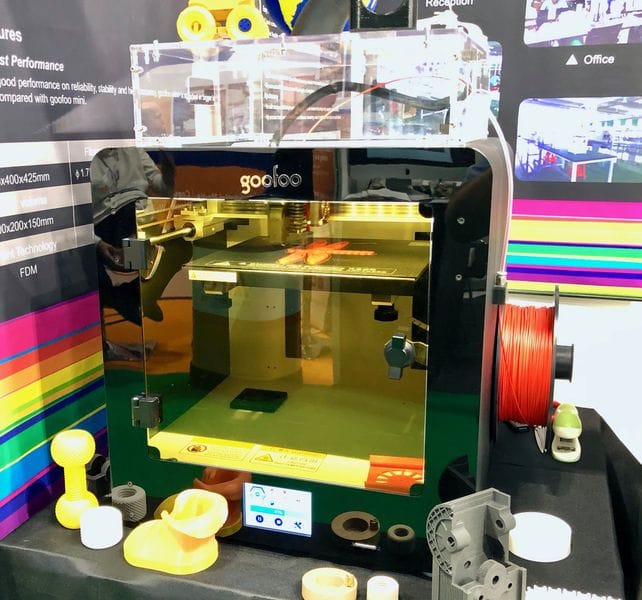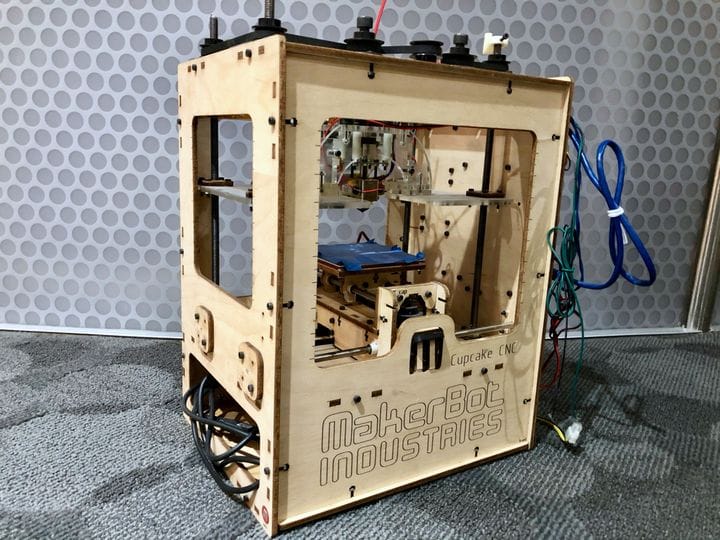
Tens of thousands of 3D printers are bought each month, but is there a wrong way to do so?
Indeed there are several non-optimal ways to acquire a desktop 3D printer. Some are incredibly bad ideas, while others merely require some caution.
Let’s take a look.
It’s On Sale

Buying anything simply because it’s on sale is usually a terrible idea, and the same principle holds for desktop 3D printers. From time to time vendors will offer sales, sometimes with substantial savings, and it may become tempting.
Resist that buying urge! For a 3D printer (and probably anything else for that matter), you’d best ensure the machine itself is “right” for you. Only then should you consider purchasing a machine on sale. I recall years ago I was evaluating software options for a big company, and one option presented simply didn’t work for us at all. I asked why it was even being considered, and the answer was, “It was cheap!”
Don’t do that. Ever.
Picking From A Random “Best Of” List

This is perhaps the single worst approach for buying a 3D printer. Here’s how it works: a random site provides a “Best Of”, “Top Ten” or other style list of 3D printers that are apparently notable. They may even provide ratings or other descriptive elements. Some may seem quite attractive, price-wise.
Again, resist the urge. The truth is that almost all of these lists are bogus, particularly if published by a non-3D print publication. I often get a laugh by reading through these typically bad recommendations, as I often see equipment that isn’t even current. In more than one recent case I’ve seen lists recommend the Cubify 3D printer, which was a) terrible, and b) not available for the previous five years.
It seems that there are many fly-by-night sites that are simply looking for affiliate revenue. If you were to actually buy one of these recommended machines, they’d get a small commission payment. While that’s a good thing for reputable publications, it’s simply a money-grab by far too many sites.
It’s BIGGGG!

A common question I hear from newbie 3D printer operators is “How BIG Does It Print????” Even worse, they sometimes use that as the key specification for choosing a 3D printer. It’s as if they want an automobile with the biggest engine, or a camera with the most pixels.
That’s not a good way to choose a device. The truth is that a device is the combination of ALL of its specifications, and there is no universally perfect option. A good choice will balance all relevant specifications to ensure the machine matches your needs.
Even worse, the “Big” specification is largely irrelevant because a) operators don’t usually print large pieces, and b) you can chop 3D models into individual parts and print them separately anyway. Big doesn’t matter.
My Friend Has One
If you’ve got the hots for a specific device simply because your friend has one, that’s not always a good reason to choose the same machine. Unless you are twins with respect to technical ability, printing needs and other aspects, the machine may not be right for you.
Sure, there is the slight advantage that you may have someone to console with when your machine inevitably has issues, but you can easily do the same with another machine if there is a sufficiently large user community.
Get a machine for YOU, not for someone else.
A Giveaway

Someone is giving away a 3D printer! Let’s get it right away!
This scenario is sometimes a reasonable way to acquire a 3D printer, but not always. It’s important to find out why the device is being given away. Is it because the owner has upgraded to a new machine and no longer has room for this one? Or is it because they couldn’t figure out how to use it? Or is it actually broken in some way? Would the giveaway-er even know if it was broken?
This is the problem that came about several years ago during the height of the consumer craze for 3D printing: many consumers acquired equipment but really had no chance of successfully operating them due to inexperience, lack of time and other factors. I’ve been told by some 3D printer vendors that consumer machines have often been returned simply because they had a filament jam and the owner had no clue how to deal with it.
Could those giveaway machines be right for you? Maybe, maybe not. But the price is certainly right.
Choosing A 3D Printer
The choice of a 3D printer is not a casual decision, as the device will surely occupy a considerable amount of your time and energy. It should be selected by examining a number of factors, and we listed them in last year’s post “6 Tips for Selecting A 3D Printer For Your Projects”.
Happy shopping!
